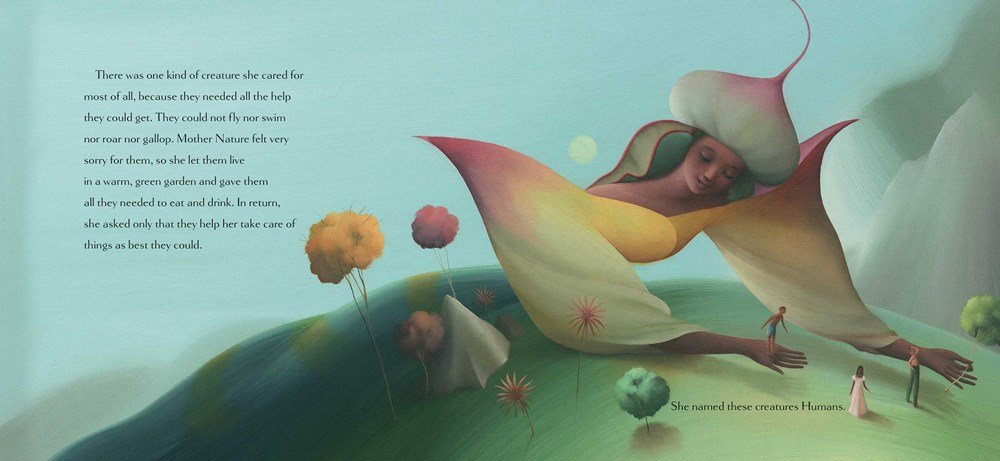
Man’s need for another is the basic quality of his life-creating being. Therefore, man’s motion towards another, as a humanized motion of one living being towards another, is the essential motion of man as a specific natural being and, as such, is the basis for life-creation.
Ljubodrag Simonovic: The Last Revolution
Contents
- Life-creating mind against destructive mindlessness
- The nature of Marx’s critique of capitalism
- Marx’s conception of nature
- Capitalist exploitation of soil
- “Humanism-Naturalism”
- Marx and capitalist globalism
- The cosmic dimension of man
- “Alienation” and destruction
- Destruction of the body
- Homosexuality
- Capitalist nihilism
- Productive forces
- Dialectics and history
- The integration of people into capitalism
- Technique as myth: Zeitgeist fascism (Part 15a) •|• Technique as myth: Zeitgeist fascism (Part 15b)
- Contemporary bourgeois thought
- Politics as a fraud
- Contemporary critique of capitalism
- Bourgeoisie and proletariat
- October revolution
- Contemporary socialist revolution
- Revolutionary violence
- Vision of a future
- Notes
The Last Revolution -- Chapter Twenty Three
Vision of a future – The establishment of a humanized relation to nature
(Translated from Serbian by Vesna Todorović/Petrović)
- Direct democracy;
- Production for meeting genuine human needs;
- A radical reduction in labor time;
- The development of man’s creative being;
- The development of interpersonal relations;
- The establishment of a humanized relation to nature.
Naturality is man’s relation to himself as an emancipated natural being; a relation between people as emancipated natural beings; and man’s relation to nature as a life-generating entirety.
Man’s body represents his immediate nature, his elementary and natural existence, and the basic possibility for his achieving unity with nature, his “anorganic body” (Marx). In modern society, the relation to the body is mediated by the capitalist universe (industrial mimesis, the principle of rationality and efficiency, destructive instrumentalism…), which appears in the form of a technical sphere, alienated from and dominant over man, an immediate living environment that imposes the logic of living. It is by way of this sphere that capital rules man and nature. Just as in antiquity man’s enslavement to the ruling order was rationalized by the polytheistic realm of the Olympic gods, so under capitalism is man become the slave of the ruling order by way of science and technology. The instrumentalization of the body is based on the capitalist division of labor, that is, on specialization and, thus, on man’s mutilation. Marx speaks of man being transformed into a freak by the processes of industrial production, brilliantly illustrated by Charlie Chaplin in his movie Modern Times. The capitalist form of alienated labor transforms the body into a technical (working) tool, and reduces the mind to a functionalized intelligence. A capitalistically degenerated body has dulled senses and diminished motor-skills. The dominant characteristics are that the bodily mechanism, the precision of movement, and aesthetics of the machine are deteriorated; there is hypertrophy of some and atrophy of other functions, creating mindless body movements; instead of the ancient principle of metron ariston, an aggressive muscular body prevails; the principle of optimum effort is replaced by the principle of “greater effort”; the prevailing character is (self) destructive, and the prevailing movement is adjusted to the capitalist rhythm of reproduction; etc. Thus, it is not about a humanization, but about a technologization of the body (nature). The capitalist way of industrial production has transformed man into a robotized freak. It can best be seen in sport, in the principle “Record-holders are born in test-tubes!”, where a robotized body is the highest aesthetic achievement.
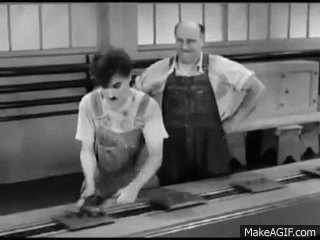
Merleau-Ponty claims that the body is a “way of appropriating the world”, but the body of today’s man has already been appropriated by capitalism and corresponds to the capitalistic appropriation of nature: it has an instrumental and destructive (denaturalizing) character. The relation to the world through the body is the relation of a capitalistically degenerated body (man) to a capitalistically degenerated world. An unreflective “naïve touch on the world” (Merleau-Ponty) is determined even before birth – and it is not “naïve”. By the very nature of modern conception, more and more frequently carried out as a technical insemination of an ever-less fecund woman with increasingly weakened male seed, a being is created that, while still in his mother’s womb, is exposed to the lethal influences of the environment. Man is not “thrown into the world” (Heidegger), but is begotten in a moribund world and inevitably acquires the features of that world. Man “enters” a degenerated world as an already degenerated being: a woman’s delivery of a child is only the manifest form in which the world delivers a man. Subjectivity is essentially determined before man has become aware of himself as a personality, before he has become a self-conscious subject. It is precisely at the level of physicality or unreflective perception that a child unconsciously adopts the life-style and value-models that determine his future behavior: the body is the repository of the unconscious. The relation to the body in childhood largely conditions the development of the personality, affective nature, mind, behavior… The “embryology of the human mind” (Piaget) is conditioned by physical development and the environment in which it occurs. The way in which a child is delivered, its first contact with the world, its mother, light, the environment in which it grows, the movements it masters, the things it touches, sounds, smells, food and the rhythm of feeding, physical contact, surroundings, ways of dressing, the air, diapers, water, the movements around it, a restricted living space, toys, the relationship of its parents, tension, the aggressiveness of the environment – the entire living environment has a specific character and predetermines man’s relation to the world. In a child’s growing there is no spontaneous behavior that represents the pulsing of the original rhythm of man’s natural being; the dominant rhythm is rather that of repression, which “draws” man into the existing world by suppressing and degenerating man’s original nature and turning him into a pathological person. Already, in early childhood, the seed of evil has been sown into man, and the way it will develop and manifest itself is a matter of social circumstances, actual life and personality. The so-called “aggressiveness”, which directly affects physical growth, does not stem from “man’s animal nature”, but is a pathological (psychological and physiological) reaction to the repression to which man is exposed from his earliest years. When it is “spontaneous”, it is a compensatory behavior that does not remove the causes of discontent, but exacerbates them.
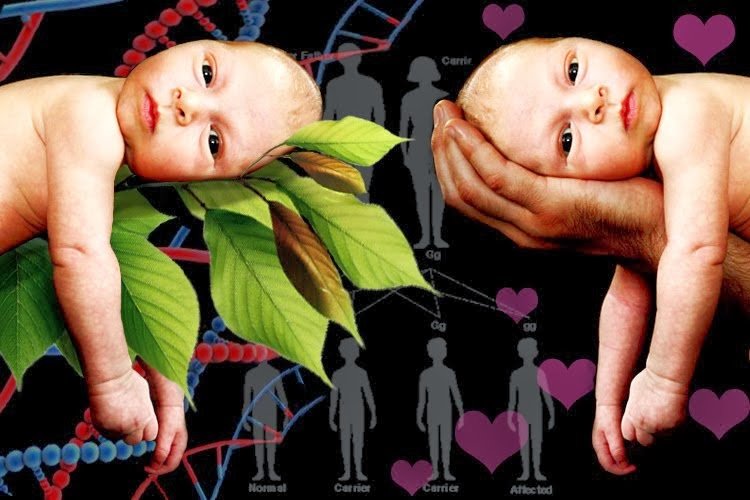
The most immediate form of nature-humanizing is body-humanizing. To compete successfully with the capitalist world, dominated as it is by the dehumanization and denaturalization (robotization) of man, demands the humanization of man’s natural being, or in other words, the liberation of the body (nature) from the destructive ruling order, and the promotion of a humanized genuine natural motion for man, within which his libertarian creative essence is expressed. “Immersion in nature” is an illusory alternative to living in a “technical civilization“. What occurs here, in fact, is that man immerses himself in the existing world to a “lower" level of civilization – the way it happens in the physical culture of the Far East where man, as an emancipated personality, who, as such, in his relation to the world, tends to create a new world in his own human (libertarian and creative) image, does not exist. “Naturalism” is a sidetrack in a struggle against the “technical world”. The humanization of natural motion and not the naturalization of technical motion is what we are talking about here. “The liberating transformation of nature” (Marcuse) requires artistic motion and, therefore, a developed artistic being. Playing a violin does not merely require attaining dexterity of the fingers, hands and arms (technique of motion), but also the development of an artistic (creative) being. In that sense, human dexterity requires a creative body: the development of an aesthetic attitude is the basis for the development of sense-based motion. It is a natural motion humanized by the emancipating legacy of human cultural and, thus, by his playing being, which manifests itself in relation to repressive (destructive) behavioral forms imposed by “technical civilization”. Play becomes the utmost form of man’s “embracing” the world and his most immediate relationship with his own natural being, as well as with nature in general. Man does not “return” to his natural being by means of play as a specific sphere, but by transforming his entire life into a humanized natural life: the “humanization of nature” is achieved through the totalization of the world by man’s playing being.
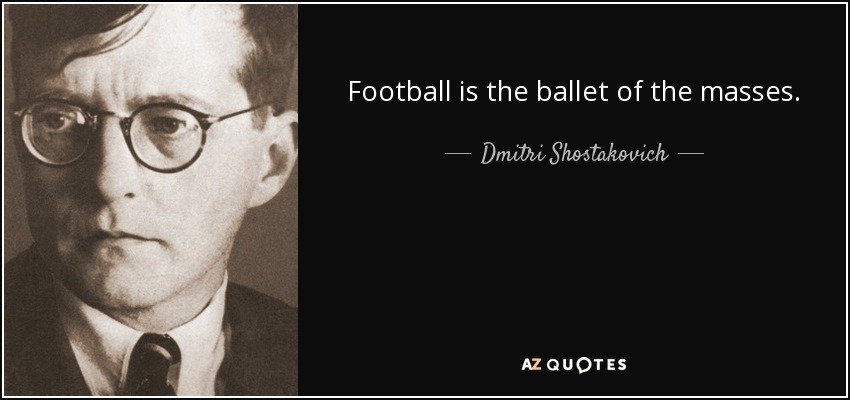
Creation must be distinguished from imitation. As with many other “naturalists”, Hebert rejected the emancipating legacy of physical culture and reduced body movement to an imitation of behavior, as in the case of the Brazilian Indians. Instead of humanizing the body and the body’s movement through the cultural (emancipating) heritage of modern society, “naturalizing” the body and its movement occurs through a re-introduction of “primitive” movements that represent spontaneous expressions of its original naturalness, and are not limited by any imposed stereotypes that sap man’s vitality – as happens with the aristocratic and Christian physical cultures. This also applies to copying the movements of the Indians, who are reduced to being “savages”, taken out of their original historical environment (living conditions, hunting, war, religion, customs…) and are, thus, deprived of their cultural contents, and reduced to technical movements that are assigned the dimension of “naturalness”. Man cannot attain his own naturalness by imitating the movements of animals or those of the natural environment, but by means of culture, in a word, by means of a creative activity in which man’s concrete historical (social) movement towards another is dominant. Instead of “melting into nature”, where man loses individuality, development of humanness, which corresponds to creative discontent, should be the goal. Instead of immersing oneself into the existing world, a new world must be created.
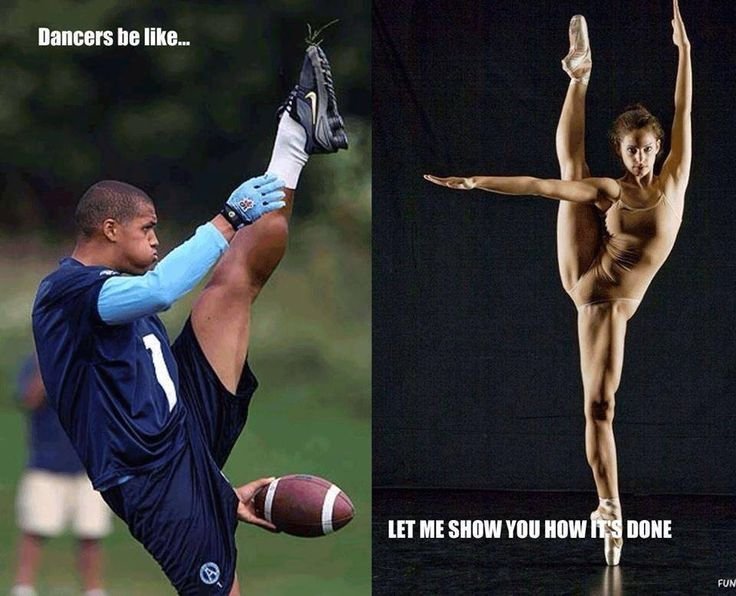
A distinction should be made between civilizing and cultivating the body; between disciplining and humanizing the body; between a repressive and a libertarian pedagogy… Man as a universally creative being “corresponds” to a creative body. Instead of acquiring skills for performing certain motions (exercises), to attain the ability to create motions, to give meaning to such a body and such abilities as enable the articulation of man’s creative (playing) personality – this is one of the most significant challenges for libertarian play. In playing, the dynamics of biological rhythm obtain a human and, consequently, a cultural, that is, a libertarian (visionary) dimension. The rhythm of motion becomes a spontaneous expression of man’s creative impulse and, as such, a non-replicable indicator of humanness, its “trademark”. In lieu of the ideals of strength, speed, rigor (which are oriented towards the creation of a liege/performer nature and consciousness that should eventually transform man into a “lethal flesh” and a vehicle for the destruction of life), the challenge should shift towards mobility, softness, coordination, self-control, intention, spirituality, tremulousness, movement towards man and nature, harmonious development of the entire body – which corresponds to man’s universal creative potentials and to his human (individual) complexity. Creative mobility is a basic aspect of a healthy body. It requires surpassing the artistic motion as a way of producing artistic forms and sensuous effects (object, color, sound…), and affirming the genuine playing motion that represents the creation of humanness in an immediate form. Physical movement becomes an expression of man’s playing nature, meaning that its essence consists of man’s movement towards another. Man’s relationship with his own body, as an immediate nature, is possible exclusively through another human being.

Development of a universal creative body with a richness of motion is the basic condition for the development of mind, man’s libertarian and creative personality – which is one of the key objectives of libertarian play. This represents an essential difference between physical culture and sport, the latter requiring an ever-earlier specialization that disfigures not only the body, but also the mind. Rousseau was one of those who perceived the existence of a conditioning link between the development of sensory-based movement skills and the intellect. In his developmental psychology, Jean Piaget has indicated the fact that the achievement of sensory-based movement is the first stage of the development of the intellect: based on concrete, action-related operations, the body attains knowledge that becomes the foundation for all cognitive development. From this it can be concluded that stereotypical models of motion limit the development of intellect. Imposing a definite behavioral model is, at the same time, the infliction of a definite model for thinking (a stereotyping and maiming of the mind), as well as for interpersonal relations, ideas of the world and man’s place in the world. This is most clearly expressed in Pierre de Coubertin’s “utilitarian pedagogy”, which is a modern Procrustean bed. It should not be forgotten that the “physical education” dominant in the 20th century was born of the grayness of the military gymnasiums and was, thus, limited to mere physical drills. Libertarian play is an integral part of the overall culture of man as a universal freedom-creating being. There is no cultivated body without a cultured man – there is no free movement without a free man. The intention of libertarian play is not to limit and deform man’s instincts through aggressive exercise, nor to create escape-valves for the release of these mutilated energies as violent and destructive behavior, but to help these in-born tendencies attain their refined expression while respecting man’s individual personality. It is, therefore, not a matter of developing a model for (physical) movement that is to be imposed on man, but to encourage the creation of motions that enable each individual to express his own specific and unique personality.
Man’s need for another is the basic quality of his life-creating being. Therefore, man’s motion towards another, as a humanized motion of one living being towards another, is the essential motion of man as a specific natural being and, as such, is the basis for life-creation. Eros, as a synthesized life-creating energy, is the most important impulse motivating one being towards another, and from which life as play can be developed. Love play between a man and woman is the supreme form of play, where the unrestrained playing being is expressed, in other words: “production” of humanness in its most immediate form. It is the supreme form of the humanization of man’s natural being. Life-creativeness is the essence of erotic union, with erotic play as its nature and basis. Without it, enjoyment of the erotic relationship is merely compensational and of an adaptive nature. Already in antiquity, with homosexual (paedophilic) relations, a neutering of man’s (society’s) life-creating ability took place with the segregation of the erotic from natural reproduction (fecundity). In the homosexual relationship, Eros loses its life-creative propensity and turns into an anti-existential principle. Narcissistic and homosexual Eros clashes with man’s natural life-creativeness and, therefore, eliminates the likelihood of the erotic producing a humanized natural relationship. The option of love play as a life-creating play between genders is disappearing, and the life-creating sexual relation is being reduced to a technical fertilization of women – to a mechanical production of children. Giving birth and raising children is the most original form of man’s life-creating practice. Without birth and child rearing, all other forms of life-creating practice are worthless and meaningless.

Man’s natural being is the basis for the development of genuine humanness. One of the basic criteria for determining the correctness of human practice is whether it humanizes man’s natural being. A humanizing relation to nature results in the development of man’s playing being and of society as a community of emancipated playing beings. Considering the consequences of capitalism, man’s primary objective must be to make himself natural and to humanize himself, and thus to establish the basis for his evolution as a humanized natural being. The creation of a specific human cosmos by enlivening the life-creating potential of matter, a living nature, society and man, himself – is the highest achievement of man’s life-creating practice. Communism is a social order that will enable limitless space for man’s evolution as a humanized natural being. Nature will no longer be an obstacle, but will become a challenge for man to create his own world. And man will no longer be the enemy of his fellows, but will become his support in the fight for a humane world.
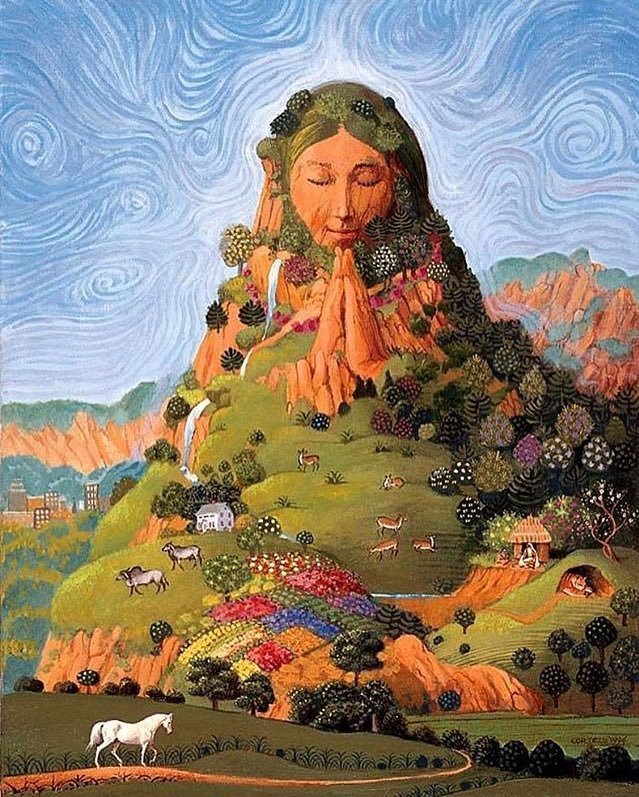
By destroying natural and humane living space, capitalism creates a technical living space. Just as the capitalist time is a dead time, so is the capitalist living space a dead space. It is about a privatization and instrumentalization of natural and social space, man’s creative faculties, conquered natural forces and matter’s emancipatory potential for the purpose of ensuring the development of capitalism – at the cost of destroying humanity’s emancipatory potential and nature as a life-creating whole. The Eiffel Tower was a precursor of the capitalist degeneration of man’s living space. It symbolizes the victory of technical civilization over the emancipatory legacy of national cultures, imposing a capitalist vision of the future. It removed Notre Dame and Montmartre, the Louvre, bridges over the Seine and all that represents French cultural heritage from the horizon of Paris. Modern architecture, like traditional architecture, has a political (ideological) nature and represents the creation of a living space suited to the nature of contemporary capitalism. It has become the means for the capitalist degeneration of humanity’s living environment. Architectural visions are not humanist or natural, but technocratic in character. They are the products of a technically totalized world. Contemporary capitalism is dominated by a dynamic rather than a static monumentality, as the expression of capitalism’s “progressive” spirit, the strivings of capitalism to transform the world through new building materials and techniques. “Unusual” building forms, with a technical character and spectacular dimension, replace those forms that express a humanist vision of the world and a humanized nature.
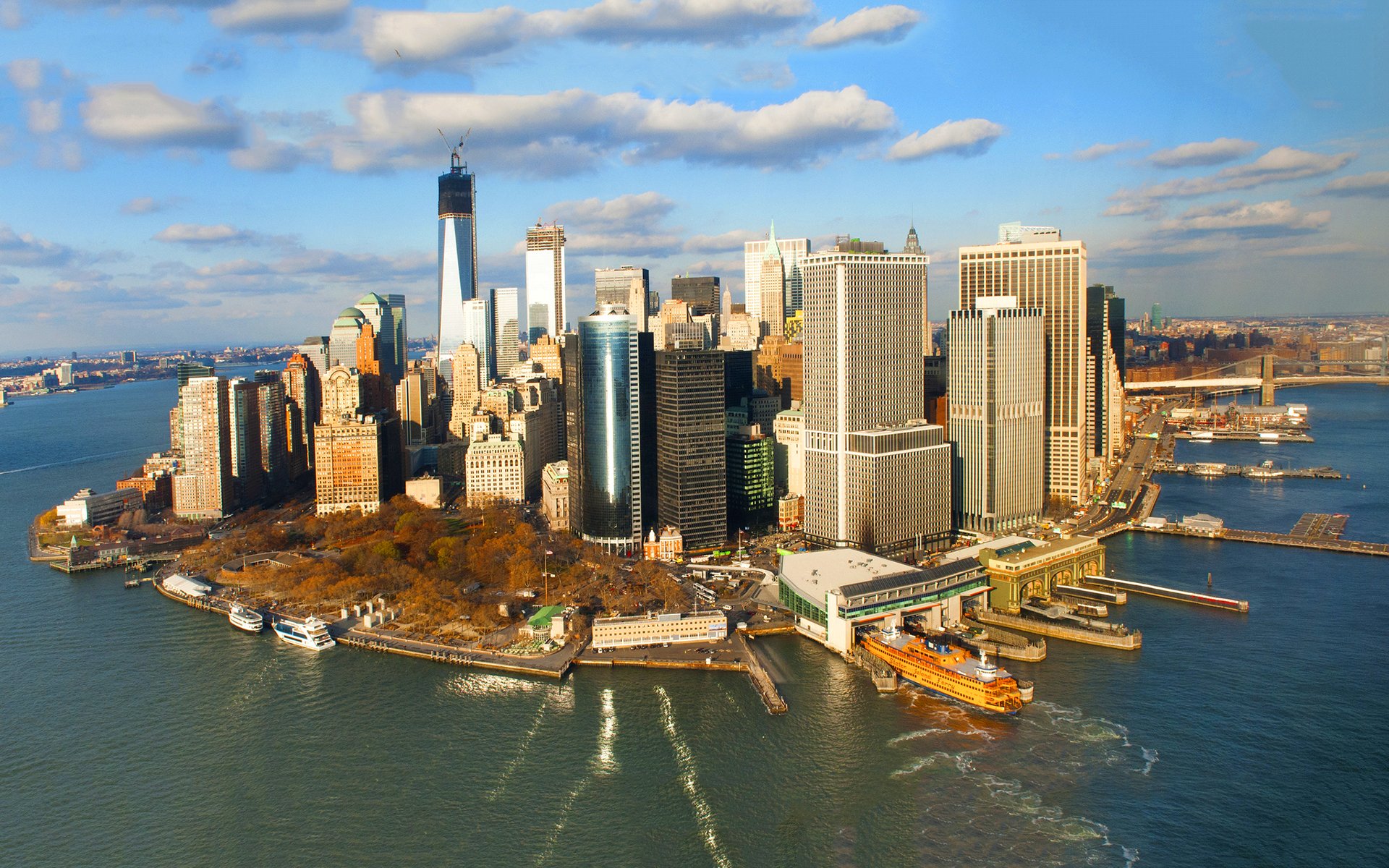
Manhattan is the most authentic example of a capitalistically degenerated living space. Monumental constructions, artificial materials, unnatural forms, a “defeat” of gravity… “Progress“ is indicated by the height of the buildings and number of technical innovations. Just as the ruling oligarchies during the Middle Ages sought to build as higher buildings of worship as possible and, thereby, to demonstrate their earthly power and acquire supremacy, so today the most powerful capitalist clans seek to build as higher skyscrapers as possible and thus demonstrate their power and sustainability of the ruling order. Just as the monumental places of worship were not spiritual but rather of a political or propaganda nature, the monumental capitalist “towers” are not of a humanist but an economic and advertising nature. The power of capital must have an impressive dimension and dominate the world and the people. The ever-higher buildings are an expression of the megalomaniacal ambitions of powerful capitalists and their mercenary architects. They are built for the “business elite” that rules the world and are symbols of an order that “supersedes“ a natural and humane world. They indicate the exclusivity and self-sufficiency of the ruling class. Automation, controlled climates, pools, gardens… All that is built into a virtual world towering above the “ordinary“ world, turned by capitalism into a wasteland. From the point of view of an “ordinary” citizen, the buildings resemble space ships ready to leave the Earth. And their stadiums are temples to capitalism meant to oppose man’s historical and live-creating being. A stadium symbolizes man’s complete enclosure in a capitalist space, where time is not life’s natural and historical measurement, but a capitalist deathwatch.

From being a mere matter and object of transformation, nature became an aesthetic phenomenon once man developed his aesthetic being, once he became capable of perceiving and experiencing nature as a life-creating whole. By acquiring an awareness of the aesthetic, man gained the potential to perceive nature’s original beauty. So through man as an emancipated natural being, nature, likewise, acquired aesthetic self-consciousness: nature in itself has become nature for itself. What makes nature beautiful is nature’s life-creating force. Nature contains an endless number of life-creating forms that are man’s potential aesthetic inspiration and have a symbolic dimension only if man perceives and experiences nature as a life-creating whole. Only as an emancipated life-creating being can man absorb the life-creating beauty of nature. It enables man to humanize himself by attuning his senses, his visionary imagination, by coming to love life… Man’s physical and mental health is immediately conditioned by living in a healthy and humanized natural environment: homo sanus in natura sana. The concept of beauty can today be appreciated only in relation to a degenerated world, in relation to the destructive ugliness produced by capitalism. What is beautiful is what gives forth a life-creating force that enables humanity to survive and create a humane world. The art that creates “beautiful sights” by turning global death into an aesthetic challenge has an escapist and anti-existential nature. A spectacular aestheticization of the world through increasingly sophisticated technical means conceals the nature of a dominant destroying nothingness. Capitalism destroys natural and human beauty by destroying the life-creative quality in nature and man. The more dazzling the artificial light of the “technical world“, the duller the life-creating light emitted by man as a human and natural being.
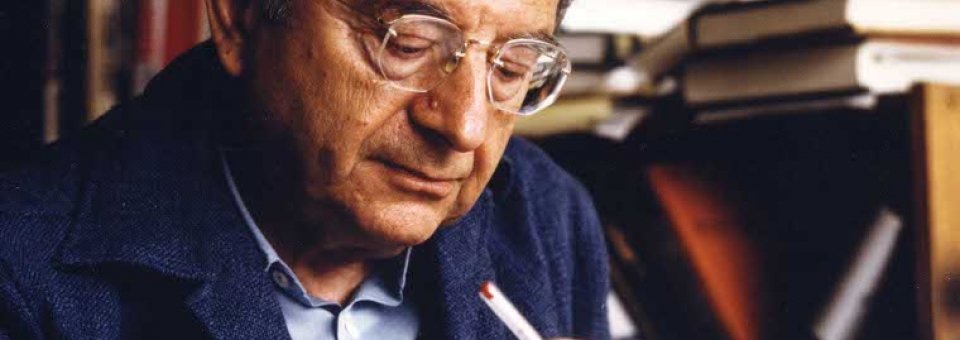
Fromm’s idea of “biophilia” is of an abstract character. A love of the living nature is a love of people as human, as emancipated, natural beings. What makes man interested in the survival of life is his need for another human being. If man does not feel that he belongs to the human community, if he is deprived of any sense of humanness, the issue of humanity’s survival becomes for him a mere technical matter. Immediate experience of another’s misfortune sets off man’s humanness, and a fight for social justice and freedom enables him to realize his human being. When man is no longer moved by another’s misery, he has ceased to be a man. A capitalistically degenerated man, rather than feeling a need for other people, regards them as enemies or as a means to the fulfillment of his private interests and pathological needs. This conditions his relation to nature: he is not capable of experiencing nature as a life-generating whole, but regards it as an object of exploitation. For him, a forest is not an organic part of the living world and, as such, an irreplaceable condition for his own survival as well as that of all other living creatures, it is trees, wood, timber that will bring him profit. “Everything has a price!” – this is the essence of capitalist “biophilia”.

The numerous militant movements for the “protection of animals” are based on a petty bourgeois need to escape loneliness and the responsibility for the destruction of the world. “Humanness” is demonstrated by a concern for stray dogs and cats, while support for a capitalist order that with increasing intensity destroys life on the Earth and condemns tens of thousands of children daily to death from hunger or disease is never questioned. Who in the West cares about the fact that in Vietnam, following years of American carpet bombing with the herbicide “Agent Orange“, hundreds of thousands of grotesquely malformed children were born and tens of thousands more died in infancy? Who in the West cares about the children of Iraq, Serbia, Bosnia, Libya, Afghanistan, who are dying from leukemia and other malignant diseases caused by America’s “humanitarian interventions”? Man should not be inspired to fight for the survival of a living world by some abstract love for living things, but by the real suffering of a growing number of people and the increasing threat to the survival of humanity. A fight to eradicate the causes of global destruction, that is to say a fight against capitalism, is the way a love for the living world should be expressed.

Historically perceived, man was becoming human primarily through confrontations with existential challenges. The nature of those challenges conditioned the way they were resolved and, so, had an immediate impact on the development of man. The existential challenge capitalism poses to man is the greatest and the most dramatic he has ever faced. Never in history has man been faced with a task like that of the preservation of life on the planet and the prevention of the annihilation of humankind. It is a challenge that surpasses the classical humanist anthropologic definition of man as a universal creative being of freedom. A specificity of capitalism as an order of destruction conditions both the specific nature of the man that defends it, and the specific nature of the man who attempts to oppose it. Capitalism generates a destructive man who becomes a vehicle for the development of capitalism, that is, for the destruction of life. Concurrently, capitalism produces the increasingly militant anti-capitalist man who identifies the meaning of life in destroying capitalism and preserving life on Earth through the creation of a new world. An increasingly intensive destruction of life results in a more and more ruthless conflict between these two types of man, which actually describes the contemporary class division of the world: a class of destructive capitalist fanatics versus a class of reasonable and uncompromising combatants for the survival of humankind. The turning of capitalism into a totalitarian destructive order conditions man’s becoming a totalizing life-creating being – a being for whom the emancipatory (libertarian, cultural) heritage of humankind represents the basis for a critical self-consciousness and a creative (life-creating) will. In the struggle for the preservation of life and the creation of a new world, man will become a true man. He is not some mythological man who, like a present-day Phoenix, rises from the ashes of capitalism, his wings unharmed. He is a concrete man who experiences the destruction of nature with his entire being, for he represents its organic part. Therefore, the creation of the new world requires man’s (self-)purification and (self-)development – man is becoming a humanized natural (life-creating) being. In place of that cosmic energy (Nietzsche) that is a mere metaphor for monopoly capitalism’s driving impulse, the life-creating forces of humankind will flow. “The will to power” will turn into a desire for freedom and survival.

The Last Revolution (Part 22) << Previous • Part 23 • Next >> The Last Revolution (Part 24)
